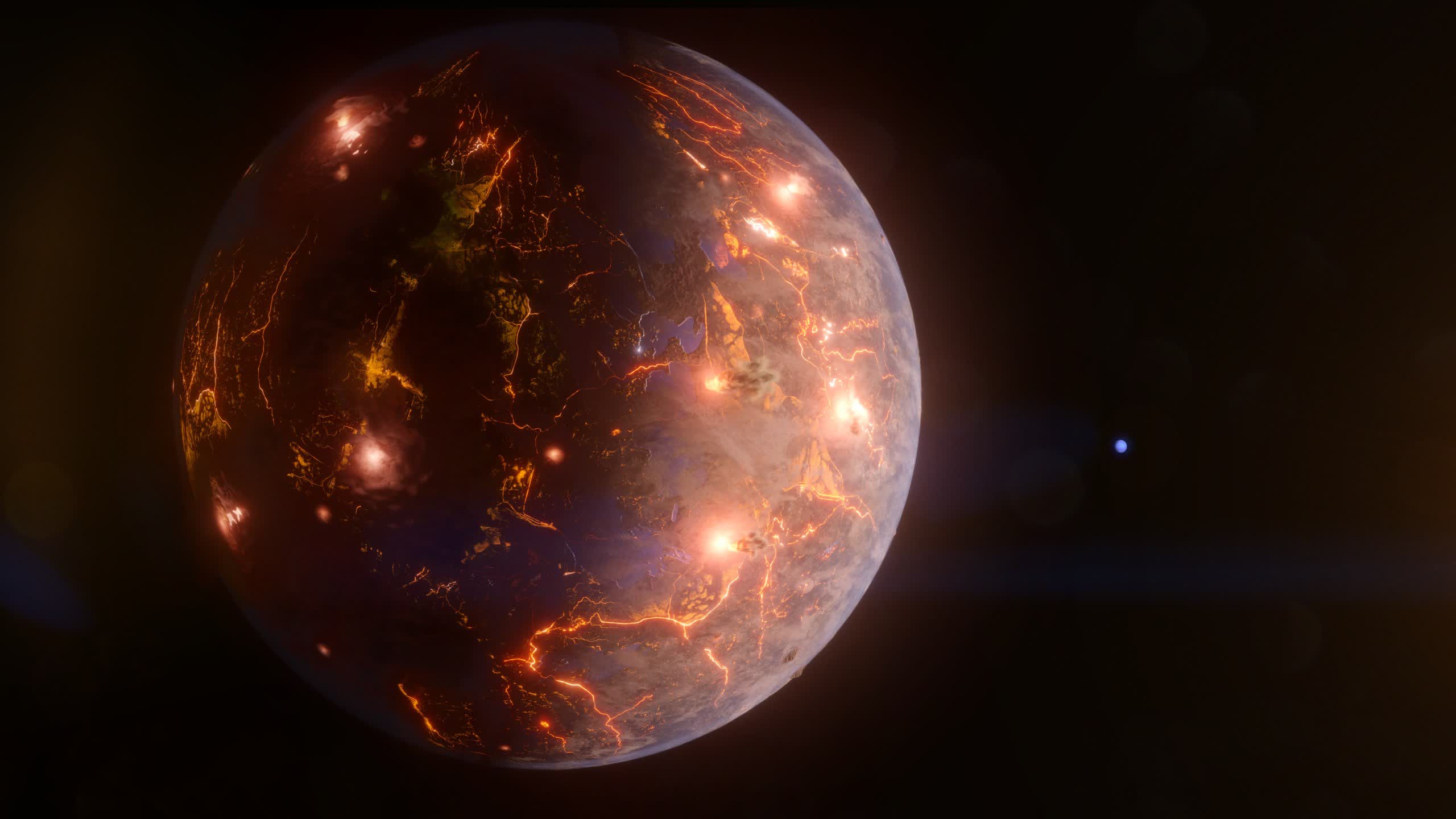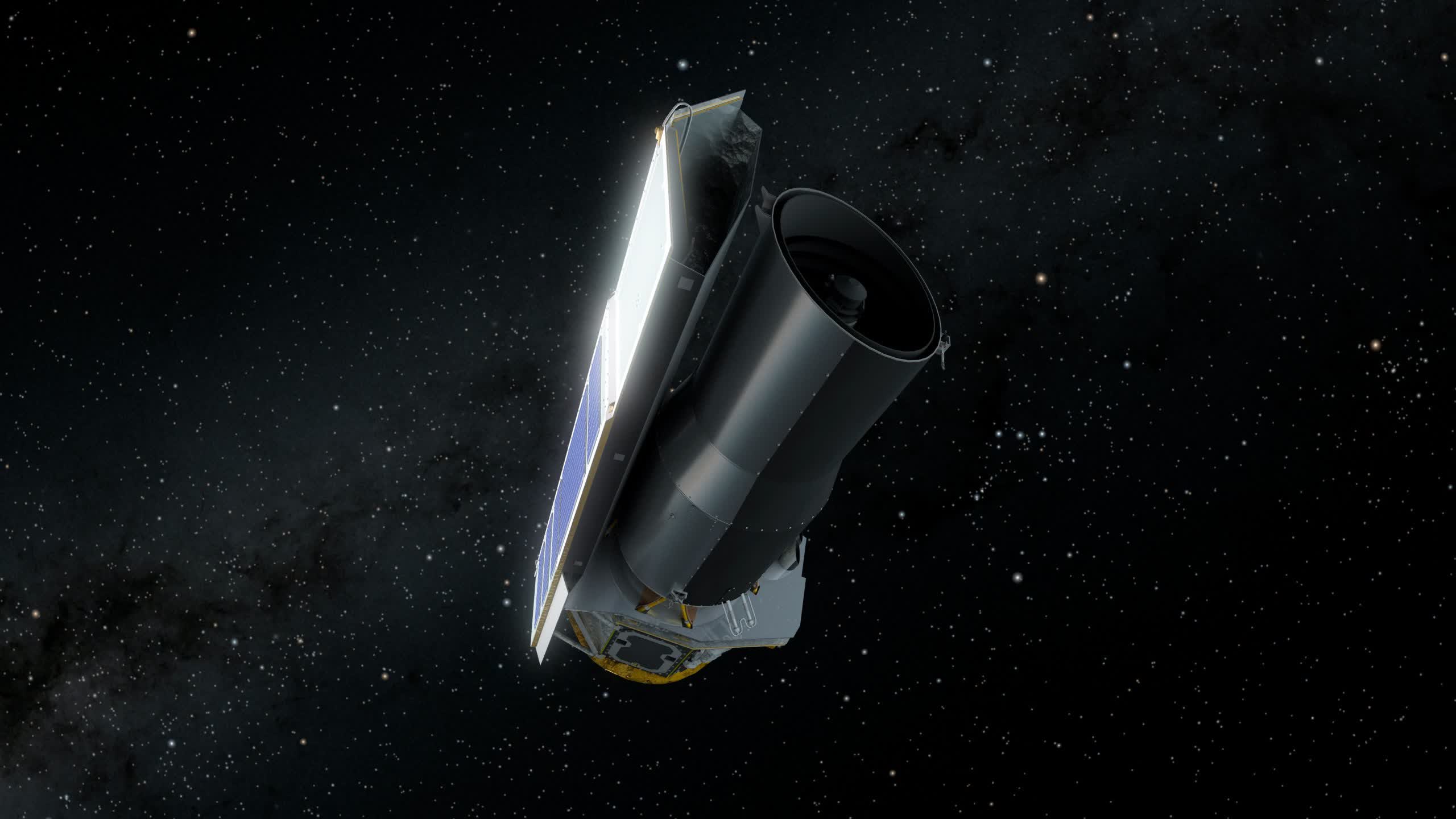

Newly discovered Earth-sized exoplanet could be overflowing with volcanoes | Tec...
source link: https://www.techspot.com/news/98760-newly-discovered-earth-sized-exoplanet-could-overflowing-volcanoes.html
Go to the source link to view the article. You can view the picture content, updated content and better typesetting reading experience. If the link is broken, please click the button below to view the snapshot at that time.

Newly discovered Earth-sized exoplanet could be overflowing with volcanoes
Tidally locked but within its parent's habitable zone
By Daniel Sims Today 12:21 PM
Why it matters: NASA's efforts to observe the universe have uncovered ever-stranger planets outside the solar system. The latest example is similar to Earth in some ways but in others, it's more like Jupiter moon Io. Scientists say some regions of the surface could harbor liquid water, an important ingredient for life.
The rocky world, dubbed LP 791-18 d, orbits a red dwarf star about 90 light-years from Earth. It's both slightly larger and slightly more massive than Earth, orbiting on the inner edge of the star's habitable zone, which astronomers believe is the proper distance from the star for a planet to harbor liquid water on its surface.
However, LP 791-18 d is tidally locked to its parent star. One side always faces the star, probably making it too hot for liquid water. The opposite hemisphere, always facing away, is covered in perpetual darkness and likely much colder.

Furthermore, the planet could be blanketed in volcanoes. Astronomy professor Björn Benneke, who supervised the study on LP 791-18 d and co-authored the findings, said the volcanoes are what probably gives the planet its atmosphere and enable water to condense on its dark side.
The immense volcanic activity is likely due to tidal forces from one of the planet's neighbors – LP 791-18 c – which astronomers previously observed. The planets pass very close to each other during their orbits, but c is much larger and more massive at two and a half times Earth's volume and seven times its mass.
Thus, c's gravity tugs on d enough to significantly deform the latter, likely pushing molten material to the surface. Io, one of Jupiter's moons and the most volcanically active object in the solar system, experiences a similar phenomenon due to tidal forces from its neighbors.
The study, published by scientists with the Trottier Institute for Research on Exoplanets at the University of Montreal in the May 17 edition of the science journal Nature, is based on some of the NASA Spitzer space telescope's final observations. Spitzer's mission ended in January 2020.
Astronomers previously confirmed plans to observe planet c with the James Webb space telescope and wish to include d in those observations.
Masthead: Artist concept from NASA's Goddard Space Flight Center/Chris Smith (KRBwyle)
Recommend
About Joyk
Aggregate valuable and interesting links.
Joyk means Joy of geeK